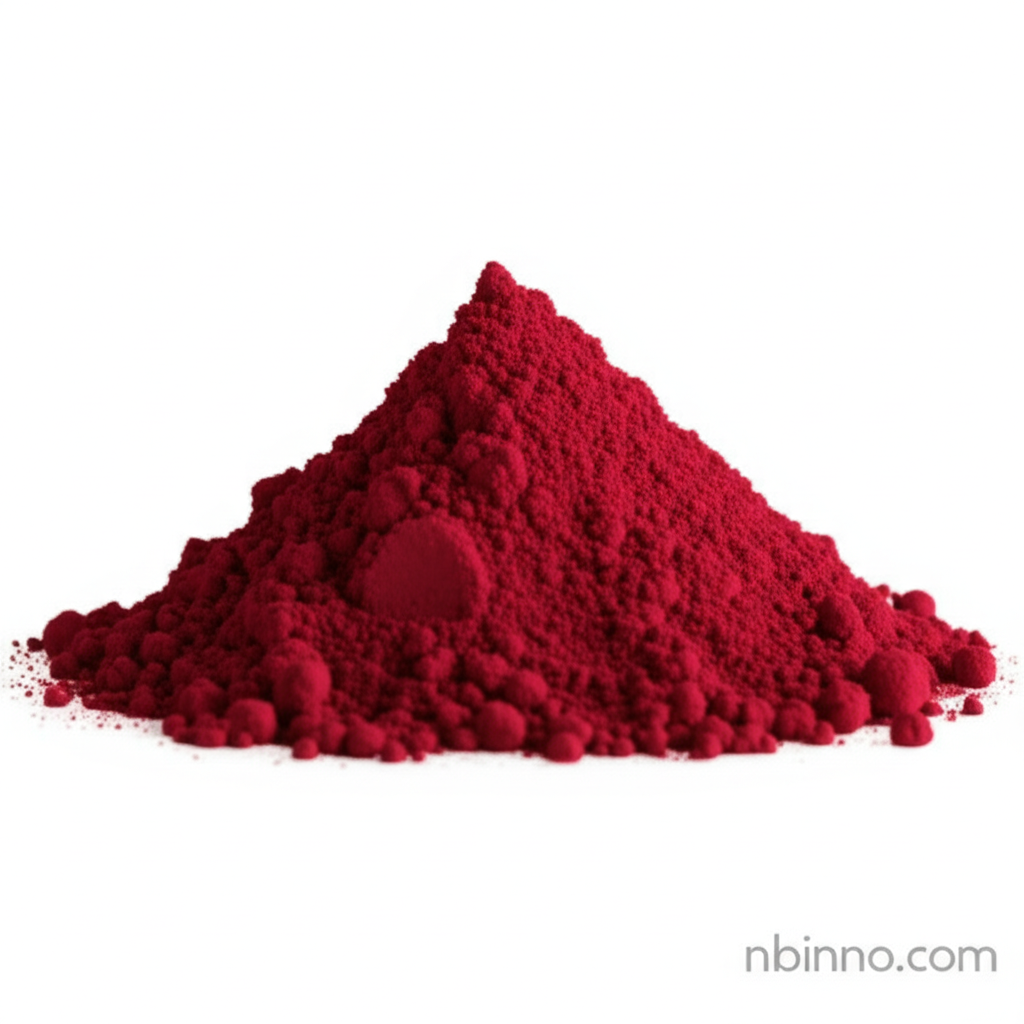Betanin: A Natural Red Food Colorant Revolutionizing Production through Biotechnological Innovation
Discover the sustainable future of red food coloring with Betanin, engineered for superior production.
Get a Quote & SampleProduct Core Value

Betanin
Betanin, also known as Beetroot Red (E162), is a vibrant natural red food colorant extracted from beetroot. It is widely used across the food industry to impart appealing red hues to a variety of products. Traditionally extracted from beetroot crops, its low natural concentration presents challenges in terms of land use, processing costs, and vegetable waste. Recent advancements in biotechnology have paved the way for a more sustainable and efficient method of production through the engineering of microorganisms.
- Explore the advancements in sustainable betanin production, offering an eco-friendly alternative to conventional methods.
- Understand the potential of yeast engineered betanin production, utilizing microorganisms for efficient pigment synthesis.
- Learn about Betanin as a food coloring agent, its applications, and its market significance as a natural red food colorant.
- Delve into the biotechnology behind Betanin, showcasing how genetic engineering enhances pigment yield and quality.
Advantages Offered
Sustainable Production
The development of biotechnology for Betanin production offers a significantly more sustainable approach compared to traditional agricultural extraction methods. This natural red food colorant can be produced with reduced land, energy, and resource inputs.
Cost-Effectiveness
Techno-economic assessments suggest that bio-based Betanin production can be economically feasible, presenting a competitive cost structure in the current market conditions for food additives.
Reduced Environmental Impact
Leveraging Yarrowia lipolytica for Betanin production significantly lowers environmental footprints, including reduced greenhouse gas emissions and waste generation, aligning with increasing consumer demand for eco-friendly products.
Key Applications
Confectionery
Betanin is widely used in candies, jellies, and other confectionery items to provide vibrant red colors, enhancing their visual appeal for consumers.
Beverages
From soft drinks to juices, Betanin serves as a natural coloring agent, offering a safe and appealing alternative to synthetic dyes in the beverage industry.
Dairy Products
Ice cream, yogurts, and other dairy items benefit from Betanin's stable red hue, contributing to their overall consumer acceptance.
Meat Products
In processed meats like sausages and pates, Betanin can be used to maintain or enhance a desirable red color.
